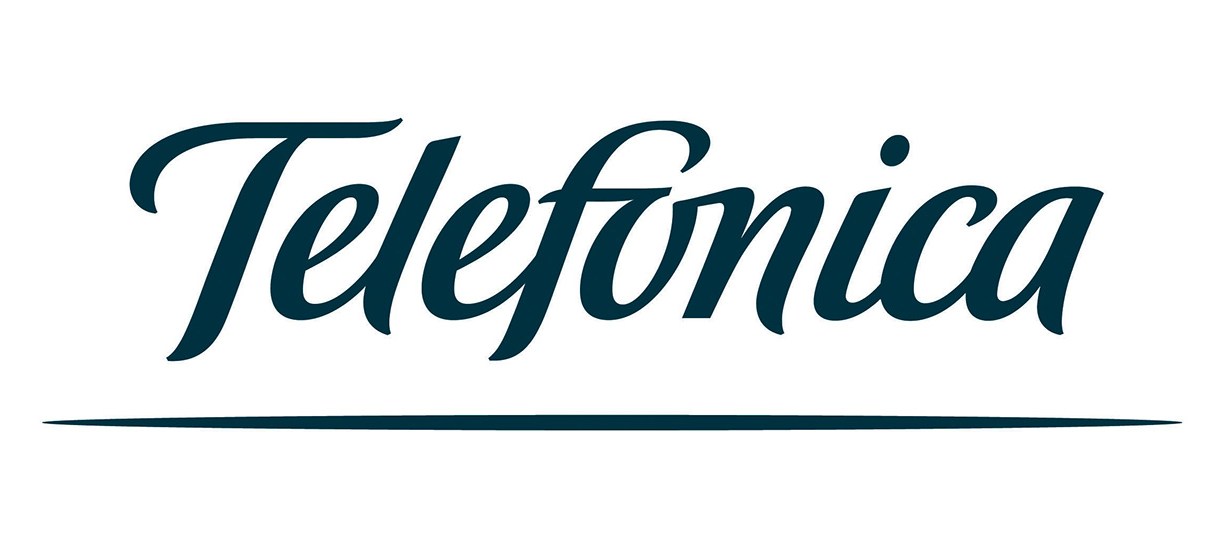Madrid/Sunnyvale, 27thNovember 2017.- Telefónica and Netsia have completed the successful integration of Netsia’s Virtual LTE RAN Platform into Telefónica’s Global Network Labs located in Madrid.
Telefónica, as part of its ambitious virtualization project UNICA, is looking for ways to extend the ongoing virtualization initiatives to the Radio Access Network (RAN). RAN slicing constitutes the cornerstone of any end-to-end slicing initiative, as radio resources are ultimately the basic building blocks to be shared (or sliced) among users. Netsia and Telefónica have worked towards integrating Netsia’s platform into Telefónica’s Labs, reproducing a Private LTE network with the ability to be sub-divided into multiple slices which, at RAN level, can offer different performances, latencies, and radio resources to different sets of customers. The result of such integration demonstrates that SDN/NFV techniques can be successfully applied to the RAN, hence completing the last piece of the puzzle towards an effective end-to-end network slicing.
Netsia, a technological startup based in Sunnyvale (California), is actively working on programmable Software-Defined RAN Virtualization for 5G, and has developed ProgRAN, a programmable Software Defined Network (SDN)-based Radio Access Network framework. ProgRAN virtualizes the wireless channel resources, as well as the radio resource management modules, in base stations, allowing a remote controller to “slice the network” into multiple virtual sub-networks. The virtual Private LTE platform reproduces a hospital scenario where wireless resources are shared among doctors, patients, visitors, objects and other people, and resource partitioning is done in a programmable way to effectively perform network slicing at radio resource level. Integration was achieved with a virtual LTE Core located at the Telefónica Global Network Labs in Madrid.
Juan Carlos García, Telefónica’s Technology and Architecture global director, says: “The integration of Netsia’s Virtual LTE RAN Platform into a commercial LTE core in our Labs is an important step forward to demonstrate that an end-to-end network slicing for 5G networks is possible, from the core to the RAN, and how it can be applied to specific service environments, like that of a virtual Private LTE network.”
Oguz Oktay, Netsia’s Vice President, Wireless Solutions says: “ProgRAN’s dynamic RAN slicing capability carries the potential to link network services to new commercial opportunities for operators”. Oktay adds: “ProgRAN allows RAN to programmatically adapt itself to different service requirements and customer experience needs. This means that an operator will be able to offer network functions to many different industries, such as IoT, healthcare or automotive, using a RAN-As-A-Service business model. Netsia’s virtual Private LTE platform integrated into Telefónica’s Global Network Labs using a commercial LTE core successfully demonstrates an example for how RAN slicing may be leveraged for new, revenue generating service opportunities”.








